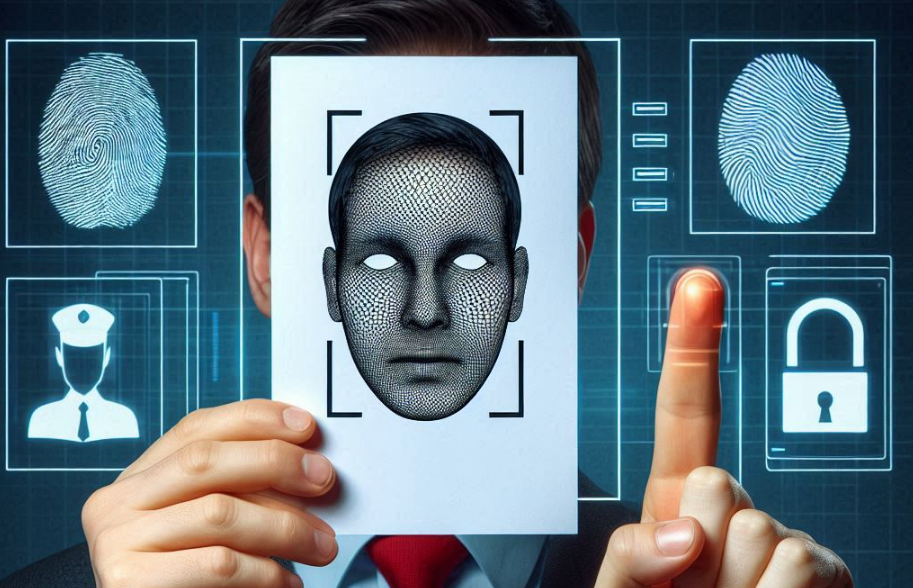 AI
AI
 AI
AI
 AI
AI
Identity verification and fraud detection technology startup AuthenticID Inc. today launched a new tool that uses proprietary algorithms to detect so-called “deepfakes” and prevent generative AI injection attacks.
Deepfakes are fake videos, photos and audio recordings created using generative AI, and they have become a real problem on social media, as they can show real people saying or doing something that never happened. They’re a big problem because they can be used to manipulate people into believing that a politician, for example, said something hugely controversial.
But deepfakes have another malign use case, for they’re often used to carry out generative AI injection attacks, which is when a bad actor uses a deepfake to try to trick an identity verification tool and bypass security measures to get access to private accounts and systems.
Alex Wong, AuthenticID’s vice president of product management, said deepfake-based generative AI injection tools have become widely available on the dark web, the shady corner of the internet used partly for illegal activities. Cybercriminals and other bad actors buy them to create convincing fake documents and biometric content that can spoof identity verification systems.
“Recent news stories have shown just how devastating these attacks can be to any organization,” Wong said. “Our deep fake injection attack solution meets a critical need to determine the legitimacy of a user in this new era of technology.”
The new Injection Attack Solution relies on three separate methods powered by the company’s proprietary algorithms, to identify when deepfakes are being used to spoof security. They include visual fraud algorithms that can detect counterfeit and synthetic elements in visual content such as images and video.
There are also text fraud algorithms to detect errors in fake documents and behavioral algorithms that focus on the user’s activity during the capture and submission of an ID, such as when the user has to pose for a selfie while displaying a driving license or passport.
AuthenticID claims that the new tools are extremely effective in preventing generative AI injection attacks. What’s more, they’re entirely automated, so there is no human bias or lag time in the detection and decisioning process. According to the company, it can identify fake IDs and biometrics in just “milliseconds” with a high degree of accuracy.
Stephen Thwaits, AuthenticID’s senior vice president of global solutions, said advanced tools are necessary because fraudsters are making fewer mistakes when creating false documents these days. He believes that traditional identity tools can no longer keep up with the sophistication of deepfakes. “This is why continuous innovation is necessary to meet fraudsters at the front line,” he said.
That explains why the company admits its new algorithms cannot be considered a “silver bullet” when it comes to stopping injection attacks. Fraudsters are continually developing new methods to get around identity verification systems, so the company’s response has been to update its underlying algorithms constantly to try and stay one step ahead.
AuthenticID isn’t the only company trying to deal with the challenge of deepfakes. The AI industry itself is making a concerted effort to develop tools for spotting them. For example, OpenAI has recently launched a tool that can detect images created by its own image generating model, DALL-E 3, though it’s mostly designed to uncover fake photos on the web rather than fight fraud.
Meanwhile, the nonprofit organization TrueMedia is developing AI-based deepfake detection tools that aim to protect the integrity of the U.S. elections by identifying videos that spread misinformation.
Support our open free content by sharing and engaging with our content and community.
Where Technology Leaders Connect, Share Intelligence & Create Opportunities
SiliconANGLE Media is a recognized leader in digital media innovation serving innovative audiences and brands, bringing together cutting-edge technology, influential content, strategic insights and real-time audience engagement. As the parent company of SiliconANGLE, theCUBE Network, theCUBE Research, CUBE365, theCUBE AI and theCUBE SuperStudios — such as those established in Silicon Valley and the New York Stock Exchange (NYSE) — SiliconANGLE Media operates at the intersection of media, technology, and AI. .
Founded by tech visionaries John Furrier and Dave Vellante, SiliconANGLE Media has built a powerful ecosystem of industry-leading digital media brands, with a reach of 15+ million elite tech professionals. The company’s new, proprietary theCUBE AI Video cloud is breaking ground in audience interaction, leveraging theCUBEai.com neural network to help technology companies make data-driven decisions and stay at the forefront of industry conversations.